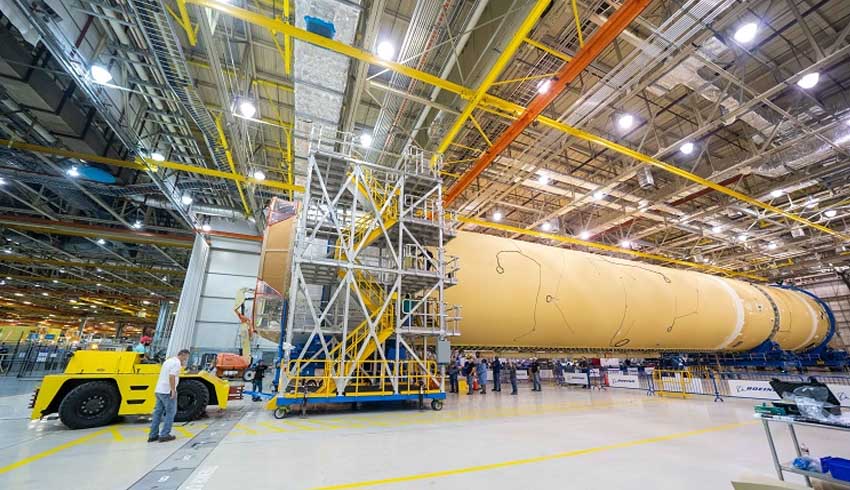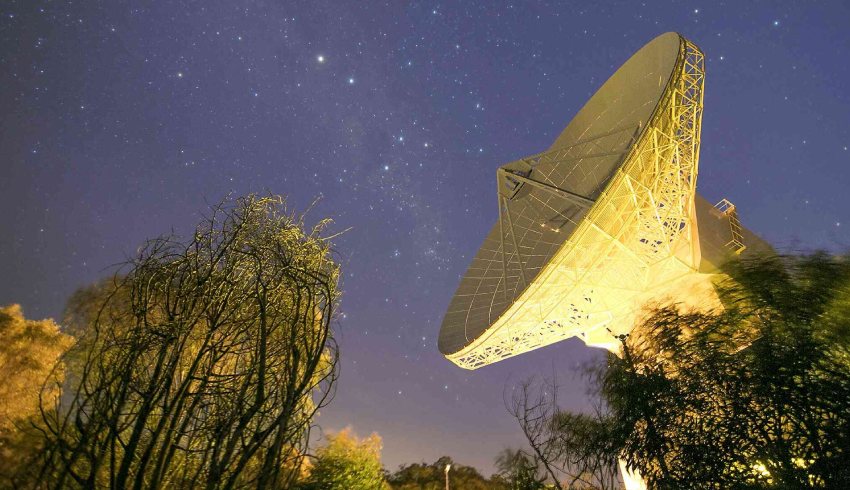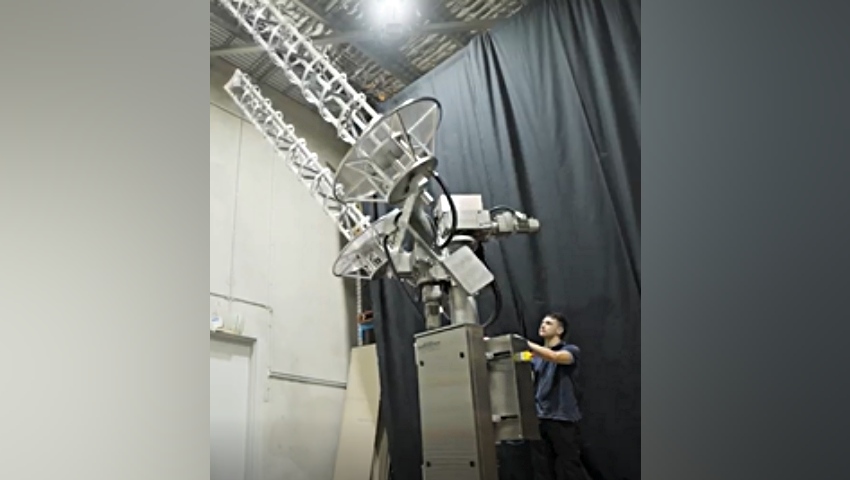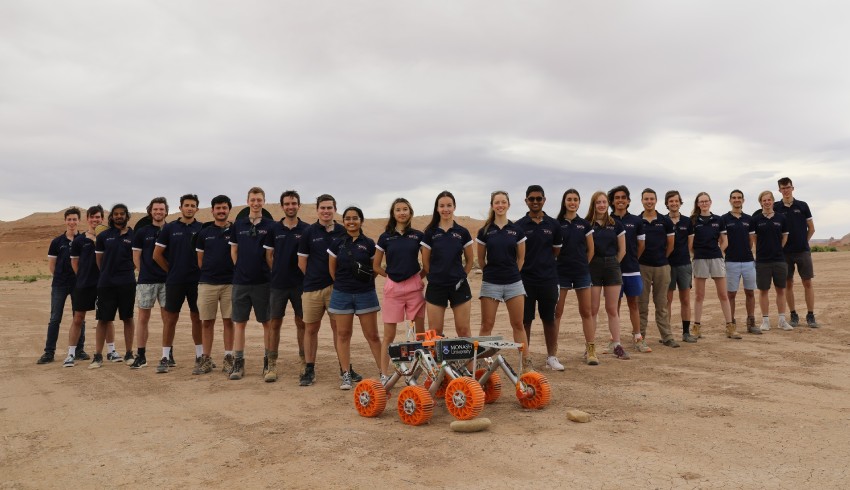
Boeing has already started fabrication activities that will support building the first EUS at NASA’s Michoud Assembly Facility in New Orleans.
The SLS rocket uses staged propulsion to send NASA’s Orion spacecraft and astronauts, plus supplies, to the moon and beyond.
The Boeing-built core stage powers the SLS in early flight, eventually separating when the upper stage takes over and provides the power to send crewed vehicles, space habitats and other payloads on to the moon or other deep space destinations.
To accomplish NASA’s Artemis I lunar mission, the Block 1 variant of SLS will use a Boeing/United Launch Alliance Interim Cryogenic Propulsion Stage with one RL-10 engine to take an uncrewed Orion spacecraft on a test flight to the moon.
SLS Block 1 rockets will be used for two subsequent crewed flights, including the first human mission to lunar orbit since the Apollo program.
The next version of SLS, Block 1B, will use EUS, which has larger fuel tanks and four RL-10 engines to give it a performance boost.
That will allow SLS Block 1B to carry an Orion with a crew of four, as well as more than 10 metric tons of co-manifested payload.
Steve Snell, EUS program manager for Boeing said, “NASA’s SLS Block 1B with the EUS is capable of sending astronauts and essential supporting cargo to the moon and beyond.
“EUS was designed for crewed flights from the beginning, and the additional lift capability that comes with the EUS requires fewer flights to enable a sustained human presence in deep space sooner and more safely,” Snell added.
Boeing is the world’s largest aerospace company and leading provider of commercial airplanes, defence, space and security systems, and global services. As the top US exporter, the company supports commercial and government customers in more than 150 countries and leverages the talents of a global supplier base.
Building on a legacy of aerospace leadership, Boeing continues to lead in technology and innovation, deliver for its customers and invest in its people and future growth.
Receive the latest developments and updates on Australia’s space industry direct to your inbox. Subscribe today to Space Connect here.












